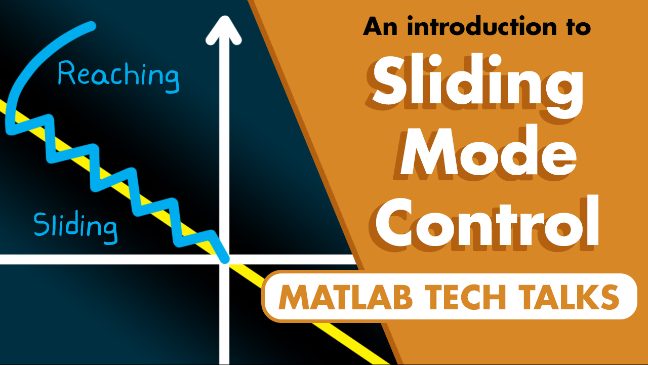H Infinity and Mu Synthesis | Robust Control, Part 5
From the series: Robust Control
Brian Douglas
This video walks through a controller design for an active suspension system. Actually, we design two controllers. For the first, we use H infinity synthesis to design a controller for a nominal plant model that will guarantee performance but not necessarily be robust to variation in the system. Then we build an uncertain model like we did in the last video and design a robust controller using mu synthesis.
Published: 12 Apr 2020

